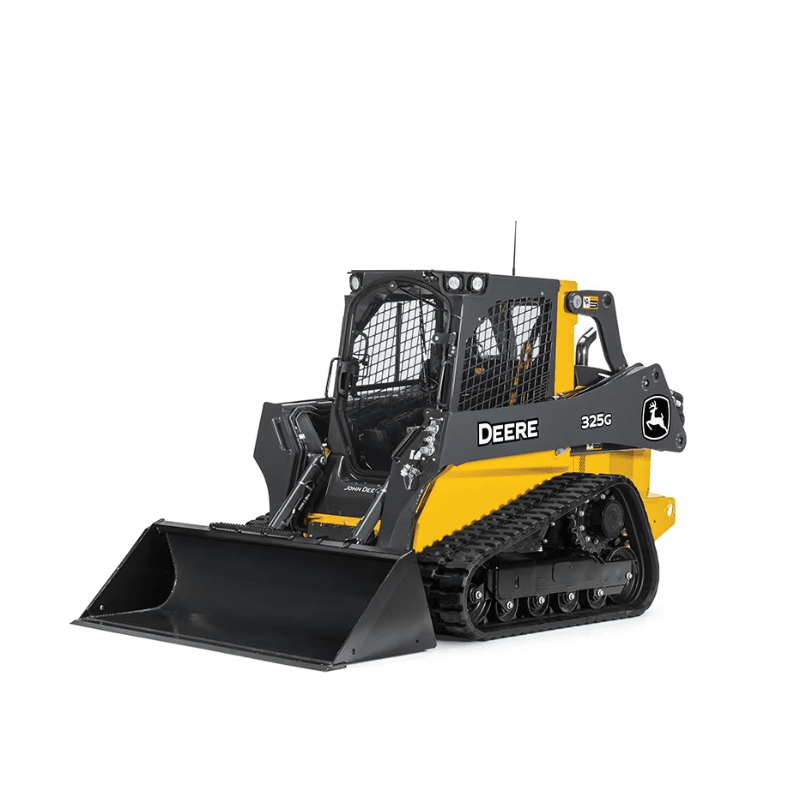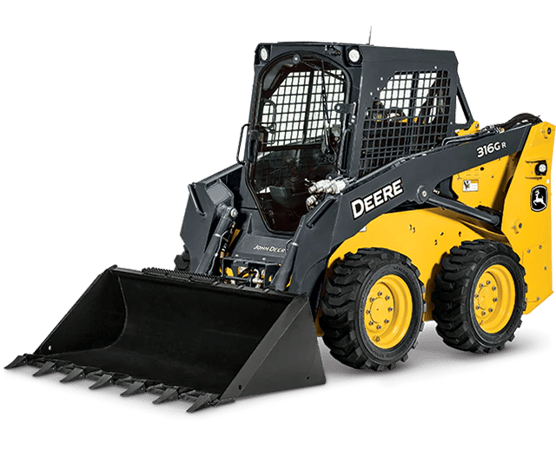Heavy Equipment Rental: Huge Machinery for Any Construction Project
Heavy Equipment Rental: Huge Machinery for Any Construction Project
Blog Article
Maximize Your Spending Plan by Comprehending the Costs Linked With Building Devices Leasings
Recognizing the complete range of costs connected with construction tools rentals is crucial for optimizing your budget plan. What techniques can be utilized to successfully take care of these prices and guarantee a more effective rental experience?
Review of Rental Costs
When considering construction equipment leasings, understanding the connected prices is vital for effective budgeting and task planning. Rental expenses can vary substantially based upon a number of aspects, including devices type, duration of leasing, and area. The first rental charge commonly shows the tools's market need and its connected operational capacities, influencing the general expenditure.
In addition to the base rental price, supplementary costs may develop, such as transport charges, gas surcharges, and upkeep fees. It is vital to make up these additional costs to properly assess the overall price of leasing equipment. Furthermore, the rental period can influence rates; longer rentals might get approved for reduced prices, while temporary leasings could incur greater everyday charges.

Break Down of Rental Rates
A comprehensive understanding of rental rates is important for service providers and project managers intending to enhance their budgets. Rental prices for construction equipment commonly contain several parts, including base prices, time-based fees, and usage costs.
Base rates are the core costs connected with the leasing of the devices, typically identified by the kind and dimension of the equipment. These prices can differ dramatically, affected by variables such as tools need, accessibility, and regional market trends. Time-based costs, which may be daily, weekly, or monthly, serve to fit different task timelines and rental periods.
Additionally, rental rates may include usage charges, which are appropriate when tools is made use of past a defined limit, making sure that the rental business can represent damage. Seasonal demand fluctuations can additionally impact rental rates, with peak construction seasons commonly regulating higher rates.
In addition, comprehending the rental business's policies relating to upkeep and insurance can offer more insight right into the total expense structure. By examining these components, professionals can make educated decisions, making certain the selection of rental devices aligns with both project needs and spending plan constraints.
Added Fees to Take Into Consideration
Understanding the intricacies of additional costs is critical for service providers to manage their total service expenses properly. Past the typical rental prices, numerous auxiliary costs can dramatically influence the overall price of equipment service. These fees commonly include distribution and pick-up fees, which can vary based upon range and logistics involved in delivering the equipment to and from the task site.
Furthermore, some rental companies might enforce gas surcharges if the equipment is returned with much less gas than when rented. It is additionally necessary to know possible cleaning fees, specifically for specific equipment that requires detailed upkeep after use.

Completely reviewing the rental agreement and making clear these added charges in advance can help service providers prevent unexpected expenses and make certain that spending plans remain undamaged throughout the task lifecycle.
Repair And Maintenance Costs
Normal upkeep and repair expenditures are often overlooked elements that can significantly influence the overall expense of building and construction equipment rentals. When renting devices, it is essential to consider not just the rental costs but also the prospective prices connected with maintaining the equipment in optimal operating condition.
Numerous rental business include fundamental maintenance as component of the rental agreement; however, more extensive repairs or unexpected failures can lead to added expenditures. It's necessary to examine the rental agreement carefully to understand what upkeep solutions are covered and what duties drop on the tenant.
Moreover, devices that is not well-maintained can lead to ineffectiveness on the task website, possibly triggering delays and increasing job prices. To minimize these dangers, it is a good idea to perform routine assessments and preserve open communication with the rental company pertaining to any kind of problems that emerge during use.
Insurance and Obligation Expenses
Insurance policy and liability costs are vital parts that can dramatically impact the total expense of building devices leasings (boom lift rental). These costs make sure that both the rental business and the client are shielded from prospective financial losses emerging from mishaps, damages, or burglary throughout the rental period

Additionally, clients need to be conscious of any kind news of deductibles or exclusions in the insurance coverage policy, as these can impact potential out-of-pocket expenses. Understanding the terms and problems of any kind of insurance protection is essential to prevent unanticipated expenses. Inevitably, budgeting for insurance policy and liability costs can aid make sure a smoother rental experience and shield against economic threats related to construction tasks.
Final Thought
In final thought, a comprehensive understanding of the expenses linked with construction devices services is vital for efficient budget plan monitoring. Eventually, notified decision-making pertaining to devices leasings adds to the general success of building undertakings.
Rental prices can differ substantially based on a number of variables, including devices type, duration of rental, and area (mini excavator rental). The rental period can impact prices; longer services might certify for discounted rates, while temporary services might sustain greater everyday charges
By performing detailed research and engaging with trusted rental business, contractors can effectively navigate the complexities of rental pricing, inevitably optimizing their economic sources.
Past the conventional rental prices, numerous extra charges can dramatically affect the total expense of equipment rental. Rental business frequently supply responsibility insurance coverage that covers injuries to 3rd parties or damages to home, while tools damage insurance policy can cover the price of repair services or replacement if crane heavy equipment the rented out equipment is harmed.
Report this page